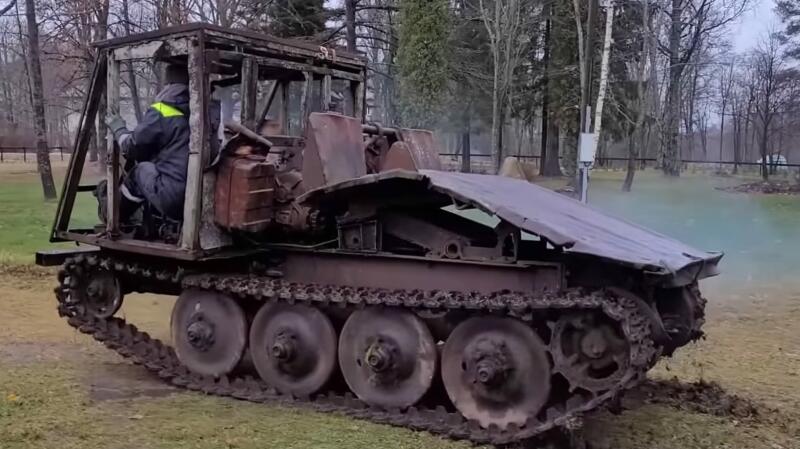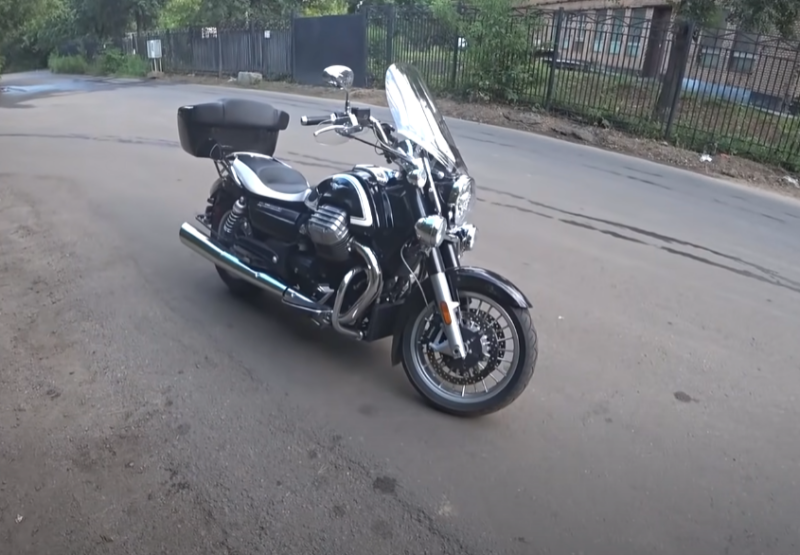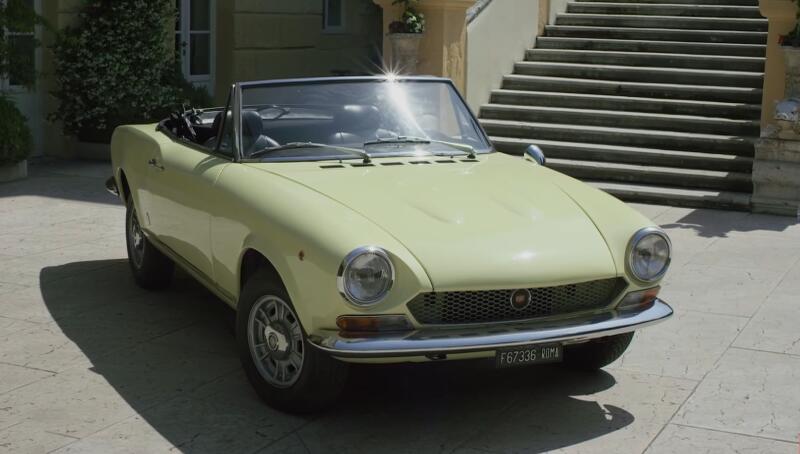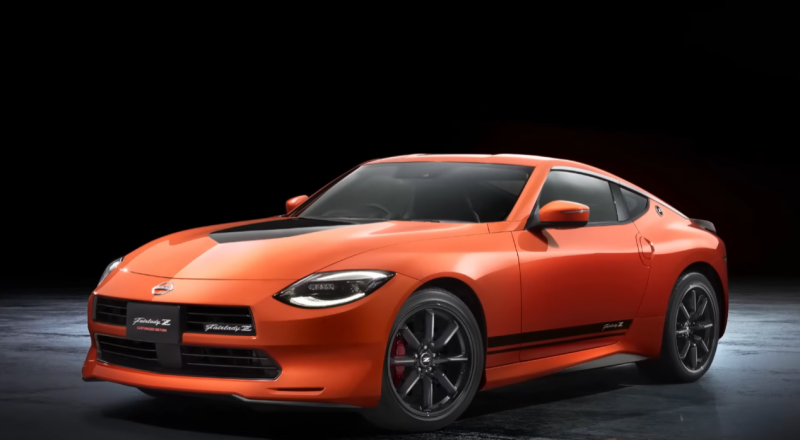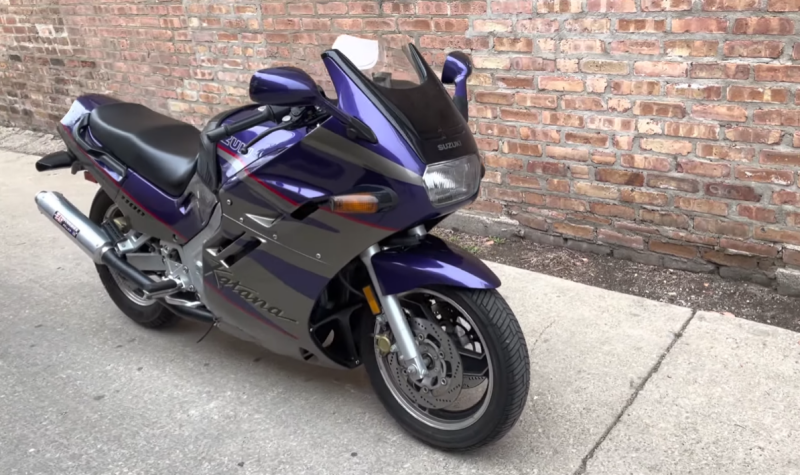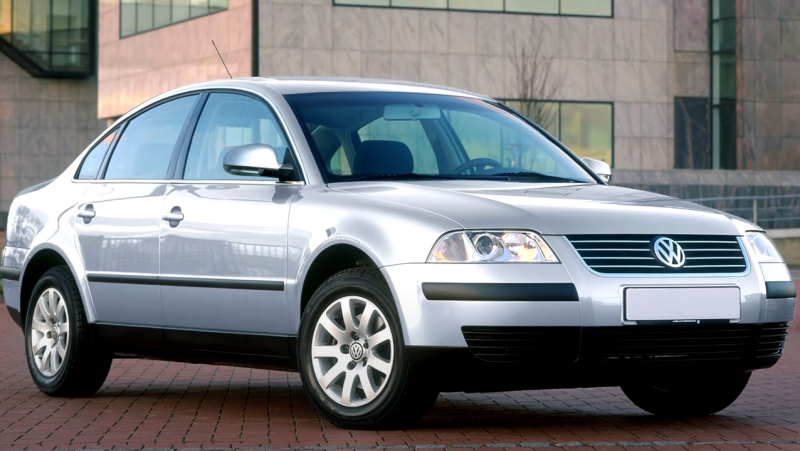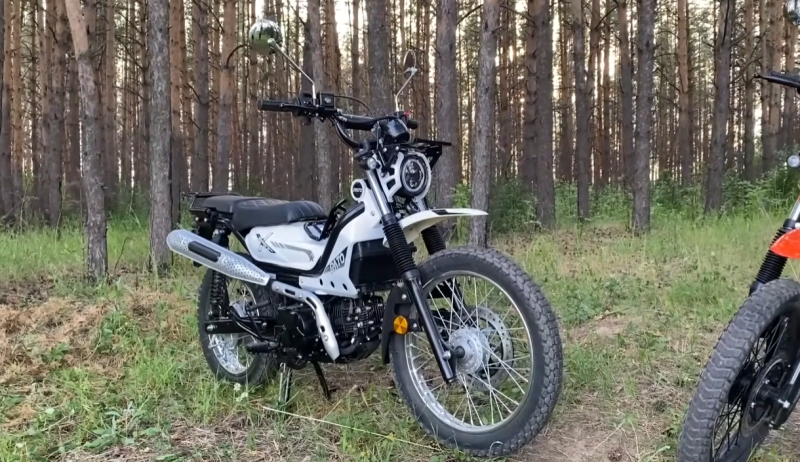And if the more developed western part of this formation had a good industrial foundation, then Slovakia has always acted as a catching up “little sister”. That is why the country's railway industry found itself in a rather difficult situation. First of all, due to the lack of rolling stock for local passenger transportation.
 The Slovaks were the first to come up with a coupling for modernized carriages of type 811/011. Photo by the author
The Slovaks were the first to come up with a coupling for modernized carriages of type 811/011. Photo by the authorIn the worst technical condition, the new state received commuter trains of the 820 and 830 series. For this reason, the company “Zheleznice of the Slovenian Republic” had to look for an urgent solution to the problem. After all, it was she who was at that time the operator of railway transport in the newly formed country.
The Slovak company was the first
The way out, as it seemed then, lay on the surface. If specialists, production capacity and funds are needed to create new trains (and none of this exists yet), then “we will go the other way.” Lacking a base for full assembly, the country still had some conditions for modifications to structures and minor repairs of railway equipment. We decided to build on this.
During 1994/96, the first updated trains of the 811 series were re-equipped at the depot of Slovak Zvolen. Baafx trailer cars served as the source material. At the beginning of the summer of 1996, cute new items hit local lines.
Of course, for their successful operation, a leader was needed - a control machine of the 912 series. The prototype of the new motor car was created on the basis of the facilities of the depot in Vrutki. The direction was recognized as the only correct solution in the current conditions, so technical assistance was requested from neighbors for its development. The warmest and most friendly relations have been maintained with our Czech colleagues (despite the division of the country).
 We have long been unaccustomed to single wheelsets. Photo by the author
We have long been unaccustomed to single wheelsets. Photo by the authorThis made it possible already during that year to receive ten samples for rework, with most of the necessary accompanying components. They were delivered from the “Moravian-Silesian lining”, located in the Czech Studenka. The final refinement of the equipment was carried out by already experienced employees of the Zvolen repair depot. Until the end of the decade, Slovak specialists carried out a number of other actions to replenish the rolling stock of the local railway economy:
✅ 1997/98 – modernization of 11 trailer cars of series 011
✅ 1999 – 4 units of reconstructed samples of the 810 series
✅ continuation of cooperation with Czech partners
The successful Slovak experience contributed to the activation of their western neighbors. After all, Český Draghi continued to operate the same outdated trains as their former partner in the joint state. And the problem of deterioration and shortage of passenger cars was also a rather acute issue here in the mid-90s.
Continuation of the story at Czech facilities
The existing railway equipment for local lines was extremely overloaded. Having no reserve for rotation, railway workers had to resort to operating 810 series cars literally to wear and tear. Due to the lack of sufficient time for rest and maintenance, many trains began to break down and quickly reached half of their planned service life. The local carrier also decided to launch a trial reconstruction process, which had several goals:
✅ increasing the reliability of cars
✅ improving comfort inside the cabins
✅ extension of service life
It all started when Pars DMN (later known as Pars Sumperk) delivered two head cars and three trailer cars from an operational series. Here, for the first time on Czech territory, the designation series 811 (head) and 011 (trailer) appeared. This is how they were identified after homologation, preserving the original inventory numbers.
 Ergonomic but narrow door - only for one person. Photo by the author
Ergonomic but narrow door - only for one person. Photo by the authorThe exception was the tractor 010.306, which received an enlarged luggage compartment and a new index 014.001. The company no longer considered further implementation of such structures. But the accumulated experience allowed them to carry out a more ambitious project - a large-scale re-equipment of 812 series cars. This process included a number of necessary transformations:
✅ equipment for light transport on non-electrified lines
✅ increasing the reliability of the traction system
✅ general modernization of equipment
True, as a result, aspects were preserved that subsequently caused some criticism. Although the overall renovation had a positive effect on passengers, the seat design was not optimal. Moreover, the lack of air conditioning in the cabin turned out to be a noticeable disadvantage during hot periods. As they say, it became better than it was, but worse than it could have been.
Return to the original project
Český Draghi returned to the 811th episode only in 2020. The reconstruction of classic 810 series carriages into a more modern design has once again begun at the DPOV subsidiary. The first prototype created (paired with a trailed 012 series) was then sent for testing at the Cerenice testing center (near Velimi).
 Not the most comfortable seats. Photo by the author
Not the most comfortable seats. Photo by the authorFuture trains were intended for the Moravian-Silesian region and were presented as a temporary solution. This is how the current situation was described by the deputy local governor for transport, Jakub Unucka:
Before the new state-of-the-art trains hit the rails in a few years, we want to make travel more enjoyable for people. Therefore, we agreed to modernize existing samples.
The main thing is that they took into account past mistakes and put the issue of installing air conditioning in each car at the forefront. Of course, this required several design changes at once:
✅ more powerful internal combustion engine
✅ new auxiliary drives
✅ different control system
This was resorted to in order to ensure sufficient air conditioning power without compromising the traction characteristics of the train itself. According to DPOV board member Jakub Vozdek, installing a full-fledged device in each salon was the most difficult task in the entire renovation process. But many other new products have appeared:
✅ double glazing
✅ different cabinet insulation
✅ Wi-Fi and USB sockets
✅ new information system
The design includes wheel holders. For greater passenger comfort, the seats have a wider pitch, so the number of seats has been reduced from the original 55 to 45. Another convenience can be considered the installation of gravity toilets. The vacuum option had to be abandoned due to the complexity of the design of the original type of 810 series cars.
Today, all these modest workers of local lines, produced from 1973 to 1984, have undergone a renovation process. The type 811 in question was converted into 14 head and 10 trailer cars. They will have to work on different sections of the Czech railways.
 There are two cars in the junction: the head and the trailed one. Photo by the author
There are two cars in the junction: the head and the trailed one. Photo by the authorBut there are more serious options. Thus, the GW company, based on the same DPOV, reworked an expanded model of a local train. It received the designation - series 816. In general, today operation will continue in this form until the “production of new ultra-modern trains” promised by officials is realized.

